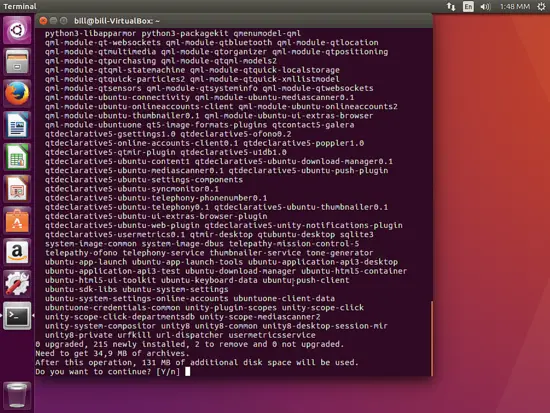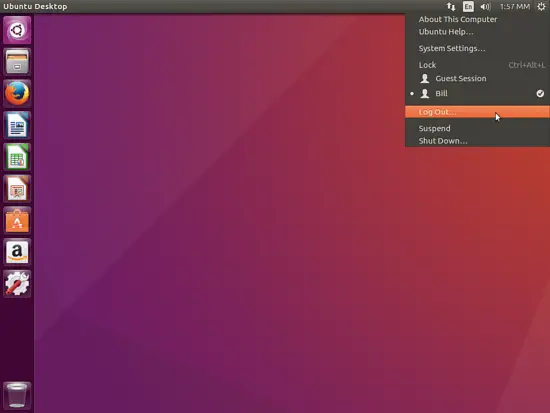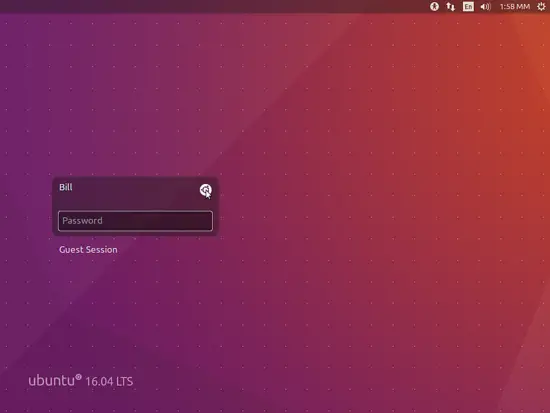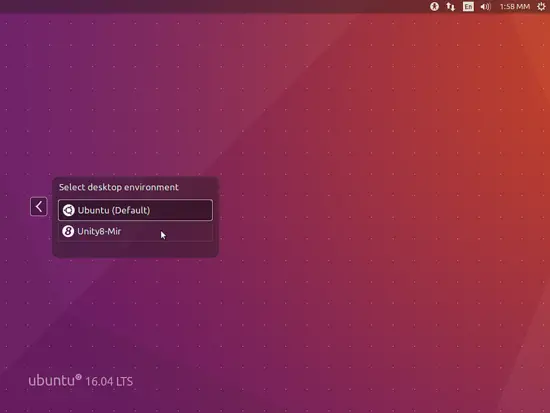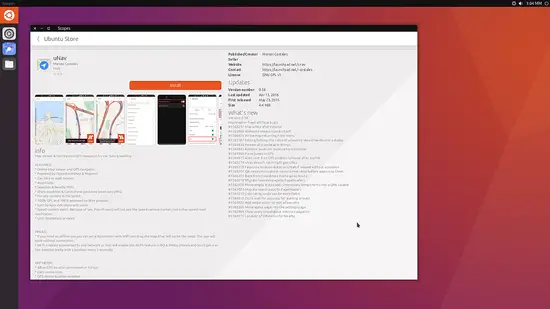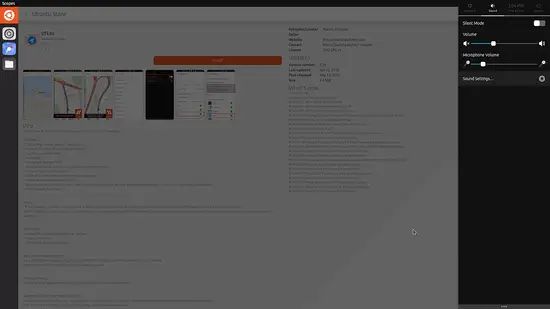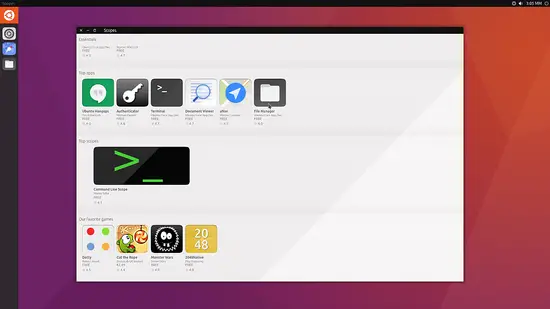How to Test Mir and Unity 8 on Ubuntu 16.04
So, Ubuntu 16.04 LTS is finally here and many of us are already getting our hands dirty with the final version of the most popular distribution that is using the X window system. While this long-term support release does look good, the upcoming major changes planned for Ubuntu 16.10 have generated great excitement. The two pylons of these changes will be the incorporation of Canonical's new EGL display server called “Mir”, and the new Unity version 8 which will be based on the Qt toolkit instead of Gtk+ for the sake of the new “convergence” plan. While these implementations are currently largely-bugged, you can already give them a test drive on Ubuntu 16.04, and here's how to do it:
If you're using an older Ubuntu version, start by upgrading to the latest version by typing the following commands in a terminal:
sudo apt-get update
sudo apt-get dist-upgrade
This is important in order to receive the latest package versions available in the new repositories.
After the upgrade is done (or if you're already using Ubuntu 16.04), enter the command:
sudo apt-get install unity8-desktop-session-mir
This will install Mir and Unity 8 on your system (after the required confirmations from the user). Then click on the log-out option from the top panel menu on the right and you'll find yourself on the lightdm screen.
There, you may click on the Ubuntu icon located right next to the user name and select the “Unity 8” choice. After that, enter your user password and press Enter. This should take you to the new Unity. Although the difference in the looks will make it obvious, you can ensure that everything went right by opening a terminal and giving the following commands:
unity –version
(this will output the unity version number)
ps -e | grep unity-system-co
(this will display nothing if Mir is not running)
Unfortunately, my terminal on the Mir+Unity 8 session wasn't working, so I couldn't take a screenshot of what it is that you should be seeing, and this brings me to the final part of this quick guide which is the tips to make this work.
1. It won't work on Oracle's VM Virtual Box, or Gnome's Boxes. You'll have to install the system on your computer.
2. I found that enabling Nvidia's proprietary driver causes problems right now. Use “nouveau” instead.
3. Some people report that lightdm crashes and they fall in a blank screen when trying to enter the Mir session. In the case that this happens, press “ctrl+alt+f6” and then enter the following command:
sudo service lightdm restart
This will allow you to choose the default Unity 7 session and re-access your system as normal.
Don't expect much to run normally on the Mir+Unity 8 session as they are literally riddled with bugs right now. I personally didn't have much luck, but at least I got a glimpse of what's the state. Here are a few screens for those of you who didn't manage to get it running:

